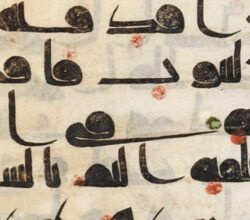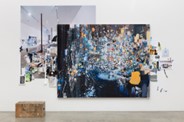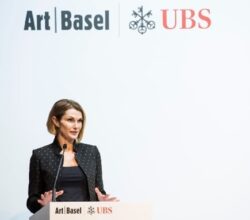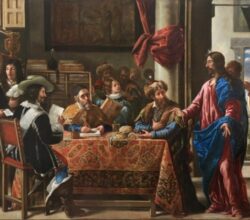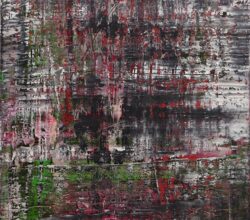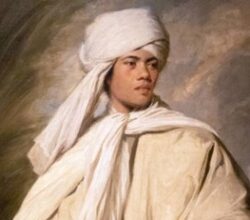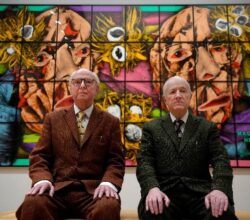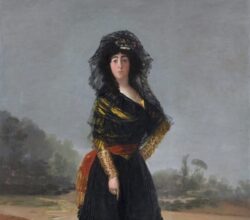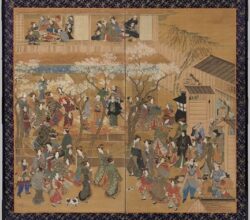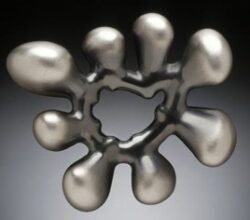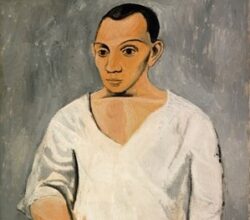
How good, really, was Pablo Picasso?
Sebastian Smee | Washington Post | 3rd April 2023
On the 50th anniversary of Picasso’s death, his daughter claims he is “still the number one reference point”. If only it were that simple. Beyond his peak years of cubism, his huge output (13,500 paintings!) demonstrates “astonishing visual pyrotechnics”. But where is the emotional core of his work? His misogyny and narcissism made his work emotionally “narrower”. Still, the writer admits that after each Picasso show he comes away “shaking my head in wonder”.

